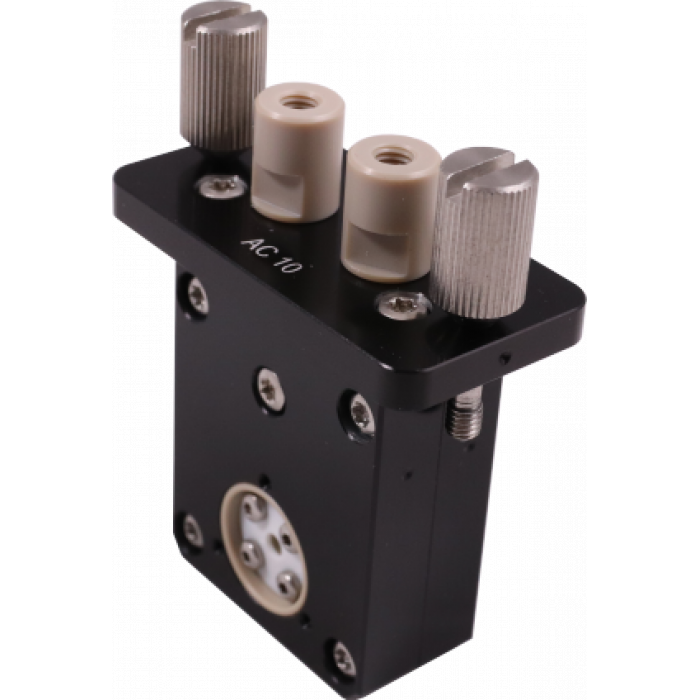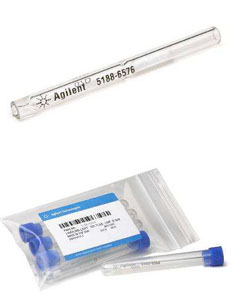

The septum purge outlet prevents septum bleed components from entering the column.

A proportion of this mixture passes onto the column, but most exits through the split outlet. The sample vapourises to form a mixture of carrier gas, vapourised solvent and vapourised solutes. The carrier gas enters the chamber and can leave by three routes (when the injector is in split mode). The injector contains a heated chamber containing a glass liner into which the sample is injected through the septum. The injector can be used in one of two modes split or splitless. Have a look at this diagram of a split/splitless injector For capillary GC, split/splitless injection is used. Capillary columns, on the other hand, need much less sample, typically around 10 -3 mL. For packed columns, sample size ranges from tenths of a microliter up to 20 microliters. The temperature of the sample port is usually about 50 ☌ higher than the boiling point of the least volatile component of the sample. The most common injection method is where a microsyringe is used to inject sample through a rubber septum into a flash vapouriser port at the head of the column. The carrier gas system also contains a molecular sieve to remove water and other impurities.įor optimum column efficiency, the sample should not be too large, and should be introduced onto the column as a "plug" of vapour - slow injection of large samples causes band broadening and loss of resolution. The choice of carrier gas is often dependant upon the type of detector which is used. Commonly used gases include nitrogen, helium, argon, and carbon dioxide. The carrier gas must be chemically inert.

Have a look at this schematic diagram of a gas chromatograph: The column itself contains a liquid stationary phase which is adsorbed onto the surface of an inert solid. The sample is transported through the column by the flow of inert, gaseous mobile phase. VWR will support you from the latest life science products to the guaranteed purity of organic building blocks.Gas chromatography - specifically gas-liquid chromatography - involves a sample being vapourised and injected onto the head of the chromatographic column. A strong, vibrant research and development group is the lifeblood of all industries.


 0 kommentar(er)
0 kommentar(er)
